Jason Goodwin: 'By keeping a few hens, The Blair Witch Project unspools in our backyard'
Our Spectator columnist dismisses the need for horror movies when one keeps animals in their back yard; the trials and tribulations of protecting hens from natural predators are more than enough to set one's hair on end.
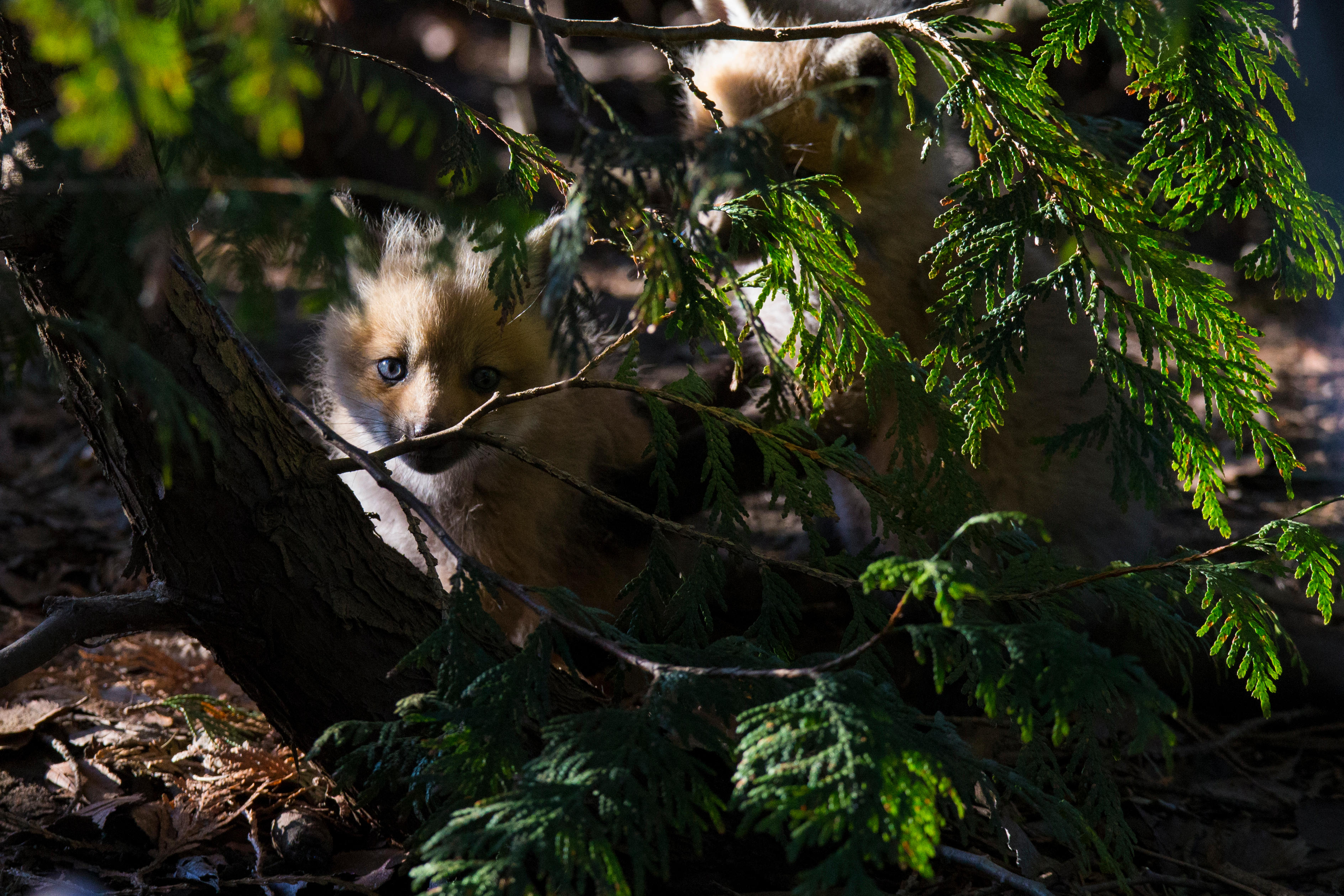
Jo is a sensible young woman, but when I ask her what she has planned for the weekend, she replies she’s looking forward to the cinema. Any film in particular, I wonder, and she says: ‘With luck, a horror movie.’
Jo’s favourite film, it appears, is based on a premise so implausible and depraved that I’m not going to tell you what it is, although Jo burdened me with it cheerfully enough. It’s not unlike a German film I accidentally watched on TV six years ago that still has me rubbing my feet together wakefully in bed at night.
I think that my main role as a father has been to discourage children from watching horror films on sleepovers. Stuff that is ugly and violent cannot encourage thoughts of beauty and gentleness, which religious people say leads to wisdom and contentment. That is the best practice.
Horror films are as unnecessary, anyway, as supermarket packaging. By simply keeping a few hens, our own version of The Blair Witch Project unspools in the backyard, with the Jack Nicholson-style role played by the fox and the badger doing Freddy Krueger. Peter Lorre is the rat.
In Act I, the hens live together in a tumbledown Wendy house inside a fruit cage. It looks creepy, but they don’t seem bothered and the chicken wire is protect-ion. We see them scratching around happily in the mud, until the camera focus tightens to reveal a tell-tale streak of rust on the wire. The music changes. We return to the rust, again and again, as it eats into the wire, and we want to shout out to the hens: ‘Watch out!’
'Two hens, then three, disappear. The final shot shows the hen keeper staring at a hidden clutch'
One night, the forces of evil scratch through the wire netting and three hens disappear. Freddy Krueger is suspected, because Jack Nicholson tends to kill everything he can lay his hands on. Indeed, in Scene 2, Krueger returns the next night and spends a long time trying to widen the hole that the hen keeper has repaired during the day. In the event, he’s thwarted, but it’s a tense scene nonetheless.
Act II begins, like so many of these horror films, with an illusion of perfect safety. The surviving hens have been moved into a steel horsebox, up on wheels, which stands in a grassy yard close to the pole barn. It’s a fresh start and, being hens, they don’t dwell on the past much anyway, but get to scratching through the grass and peering under logs for worms and woodlice – a happy, innocently bucolic scene.
Sign up for the Country Life Newsletter
Exquisite houses, the beauty of Nature, and how to get the most from your life, straight to your inbox.
But you know how it is with these stories. From Bluebeard’s wife to the kids who go camping in the Appalachian woods, no one will ever learn to leave well alone. Easter comes and one of the hens takes to exploring the straw bales at the back of the pole barn. We all want to shout: ‘Don’t go broody! Don’t make your nest in the straw at the back of the pole barn!’ To ramp up our fears, Peter Lorre emerges from the straw from time to time, polishing his whiskers. He takes to lingering beneath the horsebox.
The hen builds her clutch inexorably and the stupid, well-meaning hen keeper misses finding it, twice. When he also forgets to shut them in one night, the audience is at fever pitch: Peter Lorre is out in the shadows and, from a long way off, we actually hear Jack Nicholson’s gurgling scream, or it may be his wife’s.
However, the film makers don’t want to end the story too neatly. In Act III, dawn breaks and the hens are all safely roosting, only for the first broody to hop down and vanish, into the straw.
Two hens, then three, disappear. The final shot shows the hen keeper staring at a hidden clutch. There’s no hen. Fade to black. Roll credits.
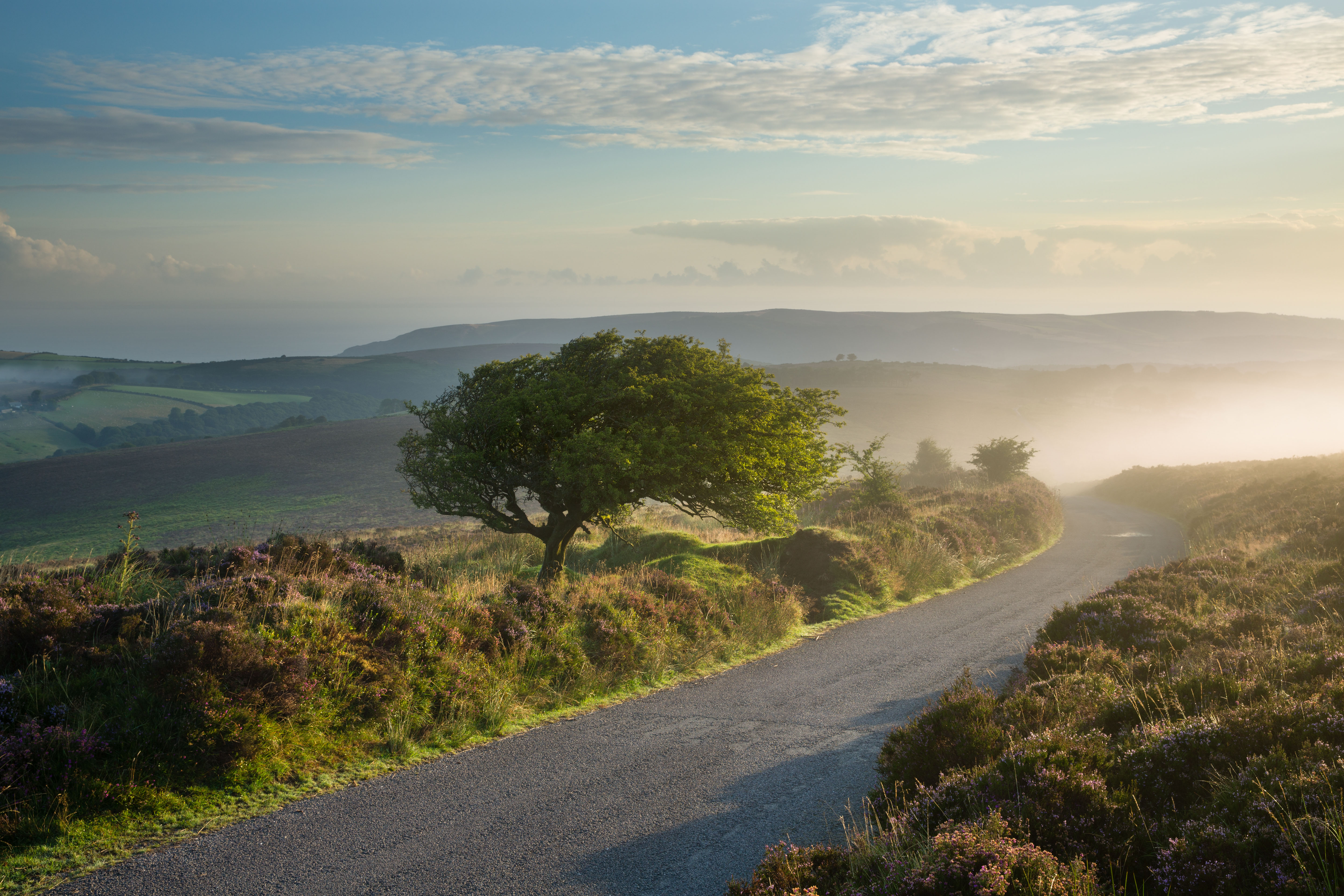
Credit: Alamy
Jason Goodwin: 'He looked at the window display and, suddenly, he shrieked "Elgar! That’s my bust!'"
Our Spectator columnist extolls the country adventure, reminiscing about how one taken by his friends inspired him to take one
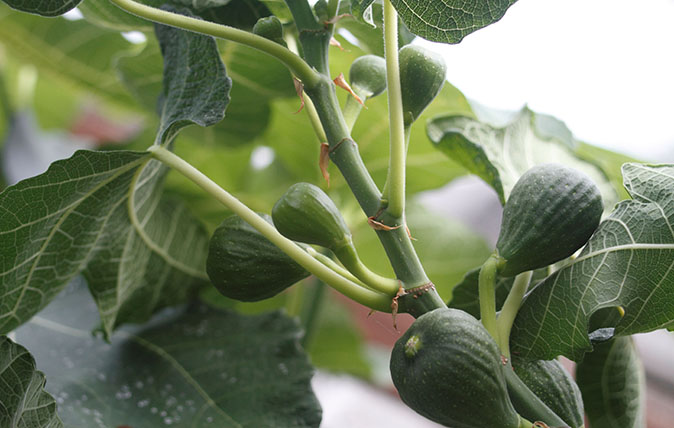
Jason Goodwin: 'I think about it when I’m on the stepladder, reaching out dangerously far to tweak a ripe fig'
Jason Goodwin tells our readers why he's now decided to give a fig about the ancient fruit that's been growing
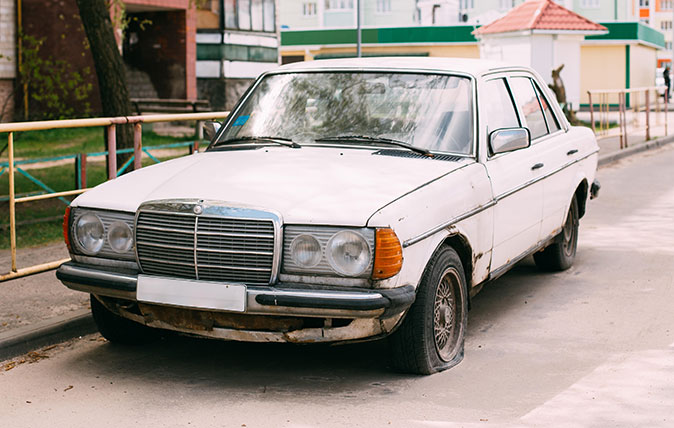
Credit: Alamy
Jason Goodwin: ‘He was lying and I knew it, but his lies were so egregious I couldn’t quite bear to call him out’
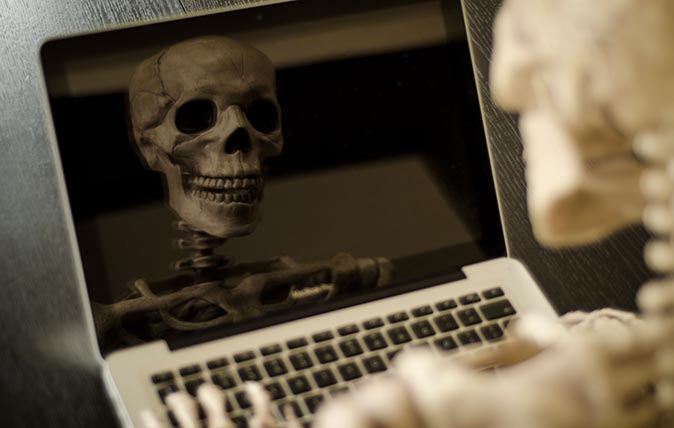
Jason Goodwin: 'I passed a man up a pole and I asked him if he was bringing us faster connection speeds. "Nope," he replied. "Slower."’
The perils of country living include broadband speed so slow as to impinge human rights - but at least there's
-
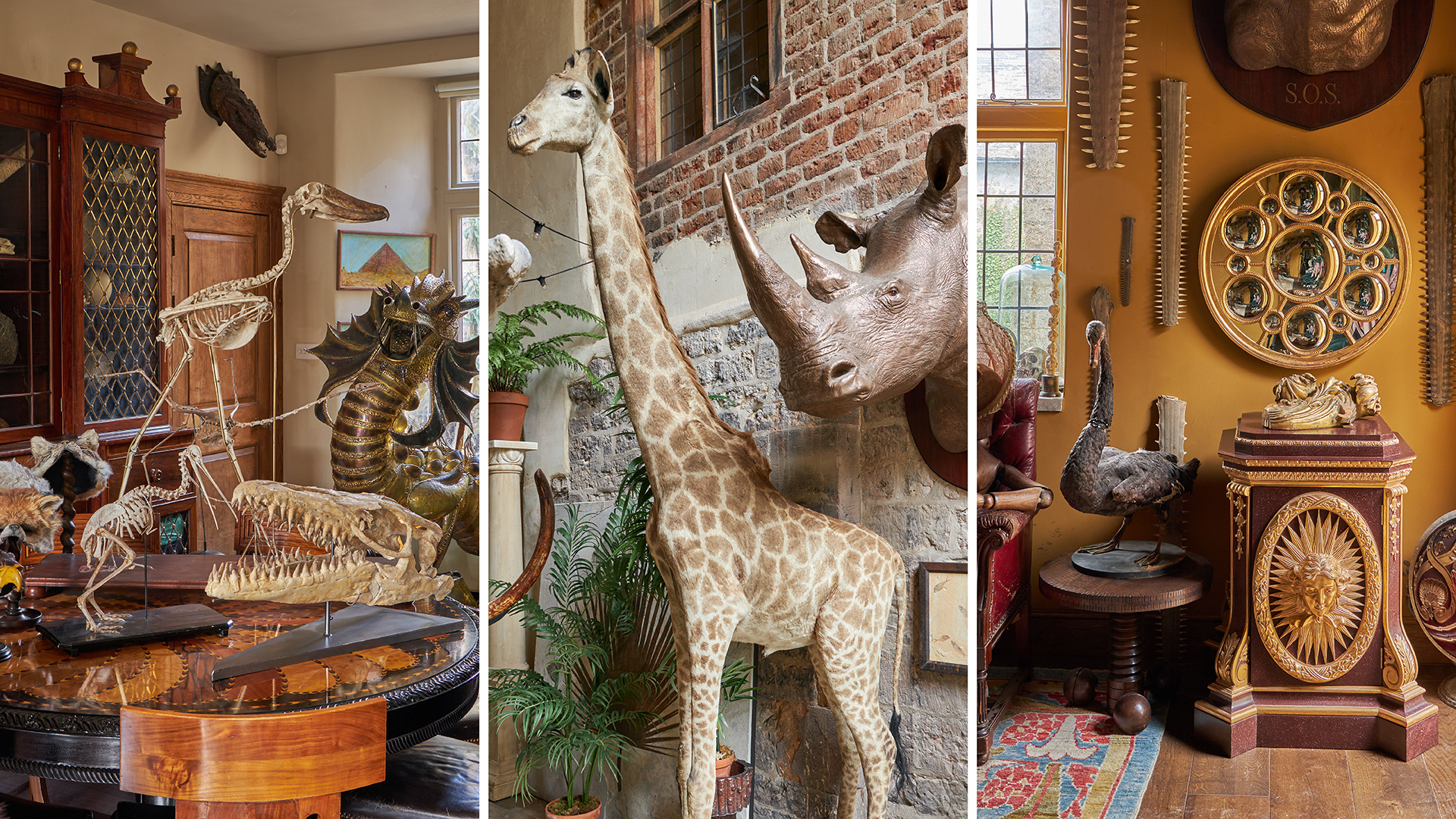 A woolly mammoth skeleton is among the curiosities for sale to save fire-ravaged Parnham Park
A woolly mammoth skeleton is among the curiosities for sale to save fire-ravaged Parnham ParkThe auction of the owner James Perkins' collection, hosted by Dreweatts, tomorrow (May 13), will be used to fund renovation works at Parnham Park in Dorset.
-
 The ‘utterly unique’ skincare brand that’s used in the ‘world’s best hotel’ spa
The ‘utterly unique’ skincare brand that’s used in the ‘world’s best hotel’ spaThe Seed to Skin brand was the byproduct of one woman’s length fertility journey — it’s so good that today it’s used in a hotel voted the ‘world’s best’.